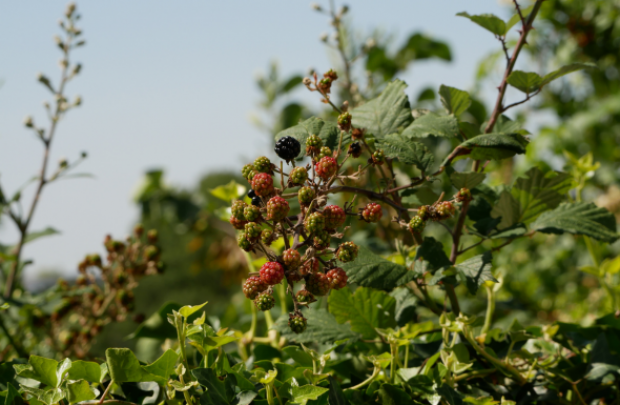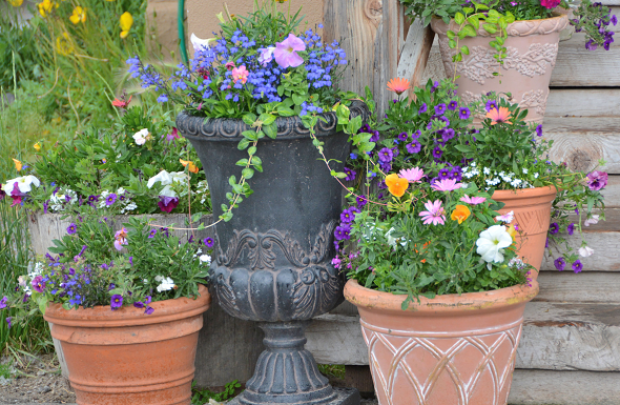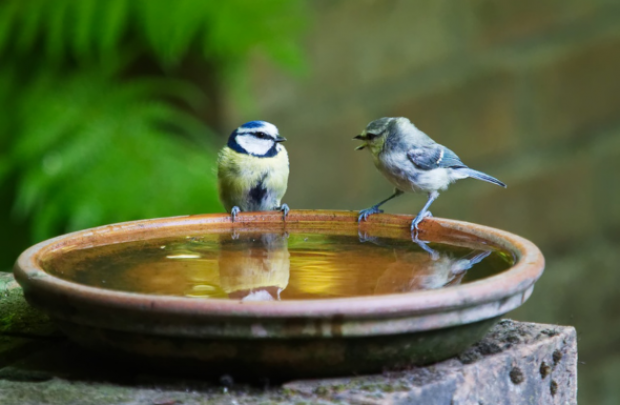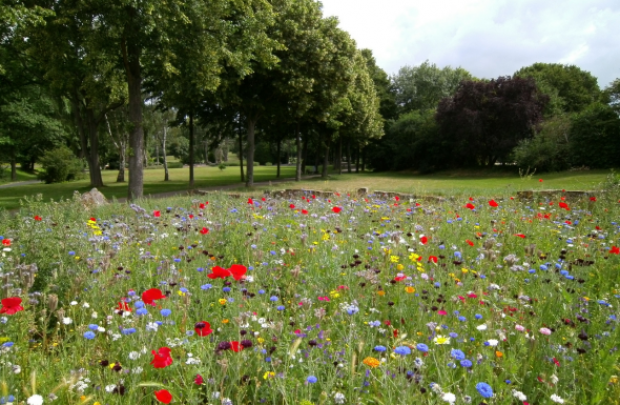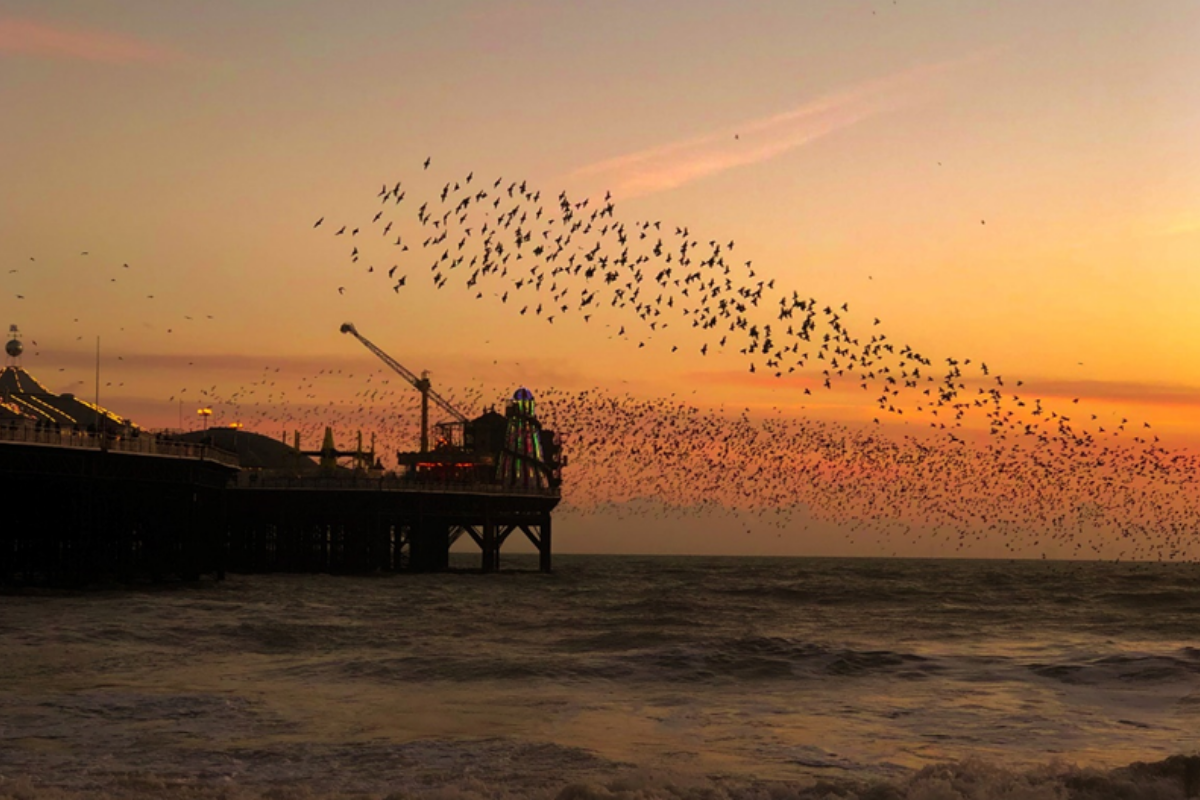
Winter wildlife spectacles
Winter is a time for dramatic changes, producing wildlife spectacles right around the UK. The beautiful ambers, golds and browns of autumn are now giving way to a stark landscape of big skies and empty fields. This means it is time to change for many animal species too.
Many species relocate to habitats that will be more plentiful and forgiving through the cold months ahead. Others transform their own colours to adapt to the changing landscape. And for several birds it is time to flock together, seeking safety and comfort in numbers, and putting on striking displays while they do.
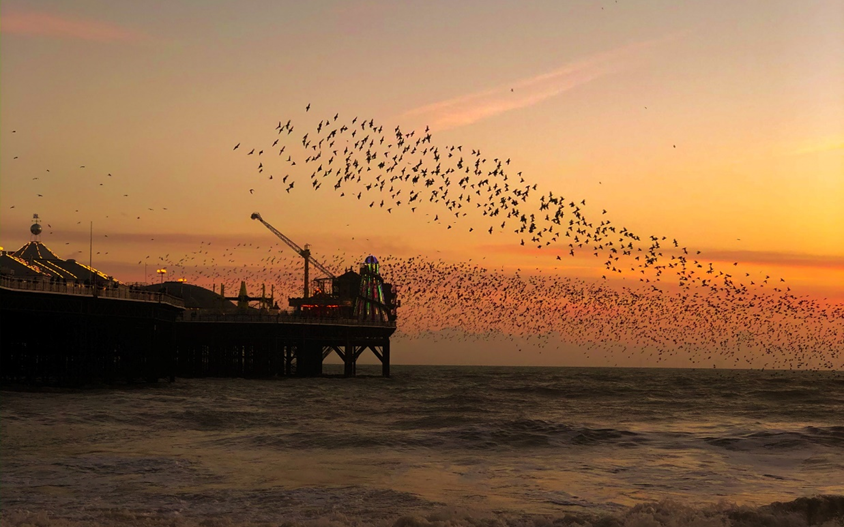
Birds on the move
By the time winter begins, many birds have already left the UK in search of better conditions elsewhere. This includes the long flight of warblers and ospreys to Africa, as well as the brave voyage of puffins out to sea where they will spend the winter in floating ‘rafts’. It’s also time for a move for many species that stay on our shores, producing some great seasonal spectacles. Make sure you share your photos and let us know about your experiences on Naturehood.
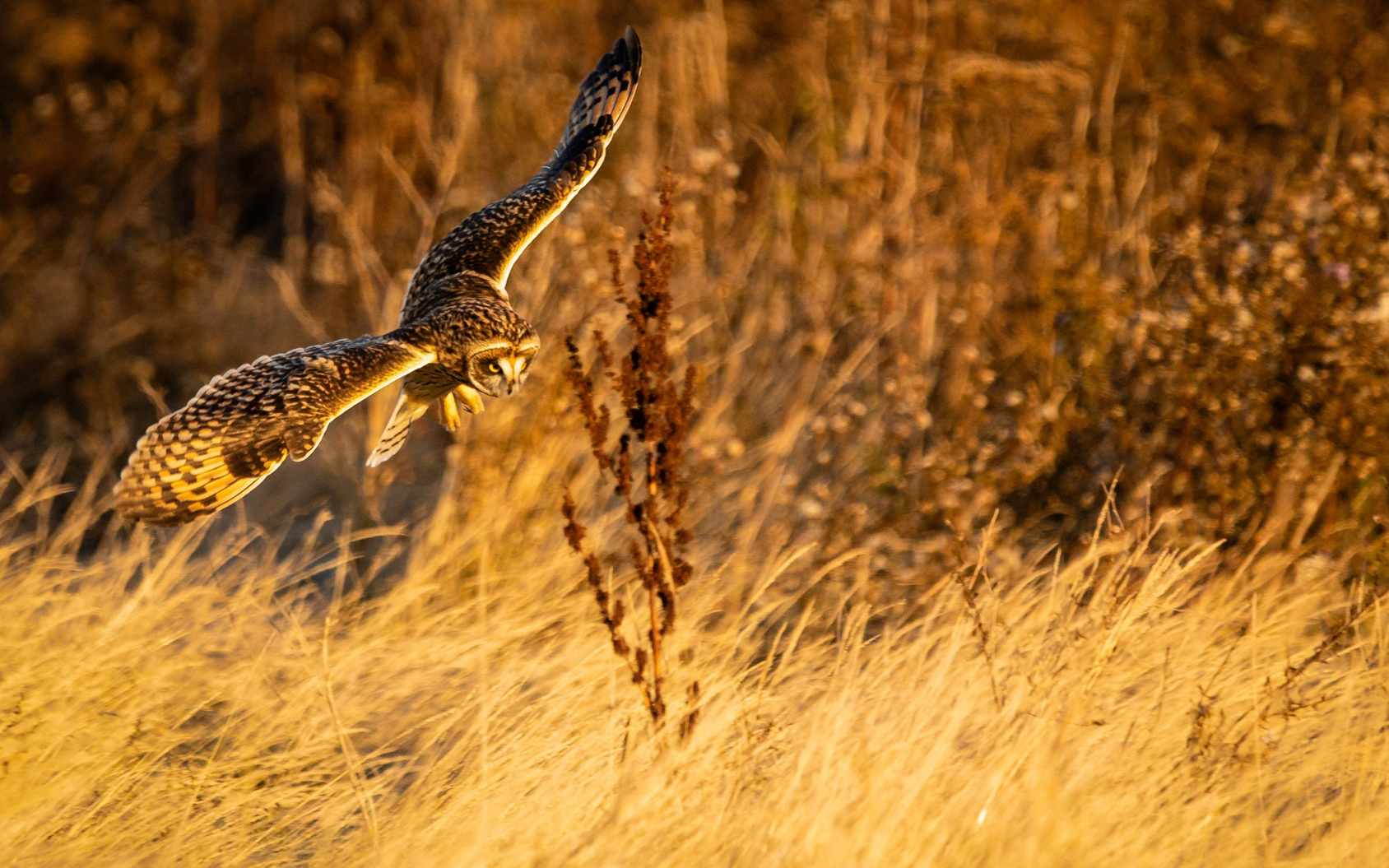
Short-eared owls spend their summers hunting in uplands, but at this time of year they head towards wetlands and coastal marshes where a more reliable source of rodent prey can be found. Just like other owls, short-eared owls have wings that are specially designed for near silent flight, but unlike tawny and barn owls this species is a day-time hunter. That means winter provides a unique chance for those of us near these habitats to see this owl in action.
Bitterns are also a bird to look out for over the next few months. These thickset herons were once on the verge of extinction in the UK, with just 11 males left. Thanks to a lot of hard work from conservationists in the UK and Europe, they are now on a more stable footing. Low numbers combine with excellent camouflage and a preferred habitat of dense reed beds to maintain their reputation as a challenging bird to spot. Luckily, over winter this species moves inland and start calling with a characteristic ‘boom’, making it the best time to try and add bitterns to your list of spotted species.
Amazing transformations
When we think about white animals, we probably imagine creatures of the arctic like snowy owls and polar bears. However, in the northern parts of the UK every winter we have a few species that swap their drab brown-grey colourings for fur coats of snowy white.
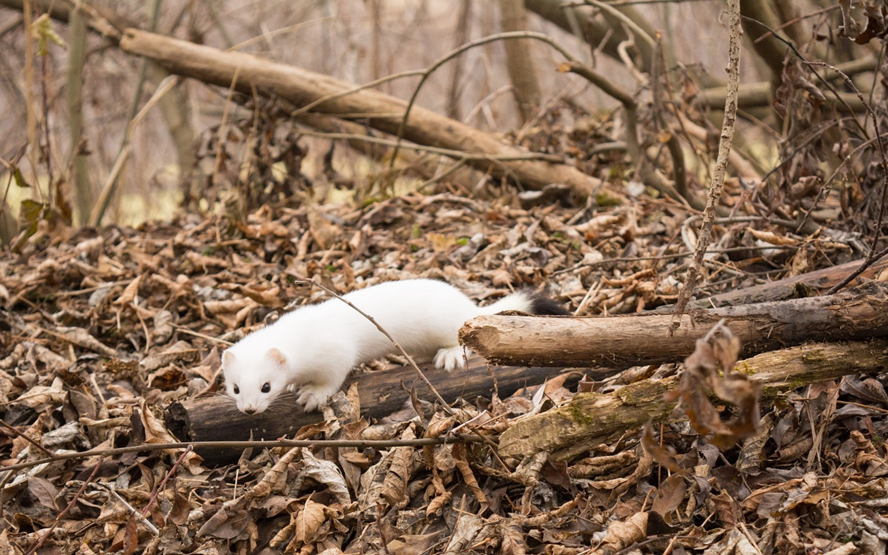
Mountain hares have perhaps the most striking fur transformation. The winter coat of this upland species is adapted to blend in with snow. But if there’s no snow on the ground, it makes them easier to spot instead! If you are walking quietly in the moors of Scotland or the Peak District keep an eye out for these ghostly figures bounding for cover, often in characteristic zigzag patterns.
Another species that undergoes a similar transformation are stoats. Interestingly, although this species is widespread throughout the UK it is only stoats in Scotland that change fur colour over winter. There is also a transitional area in Northern England where some individuals partially change their coats. This strongly suggests that the colour-changing moult for stoats is based on ‘photoperiod’, the amount of light received in a day. Regardless of where you are, the dieback of vegetation should make stoats, their tracks and burrows easier to spot.
Getting together
Many different species of birds come together over winter leading to some spectacular displays around the UK. The reasons for birds gathering in large flocks are thought to include: safety in numbers, crowding for warmth, searching together for food and reinforcing social bonds.
For waders and waterfowl, overwintering in the UK is an ideal prospect. Bathed by the Gulf Stream, with wetlands and coastal marshes rich in invertebrates, birds from Eastern Europe, Scandinavia and even the Arctic gather on our shores. This includes 300,000 knot from northern Canada, 300,000 oystercatchers from Iceland and Norway and 60,000 bar-tailed godwits from north west Russia to name a few.
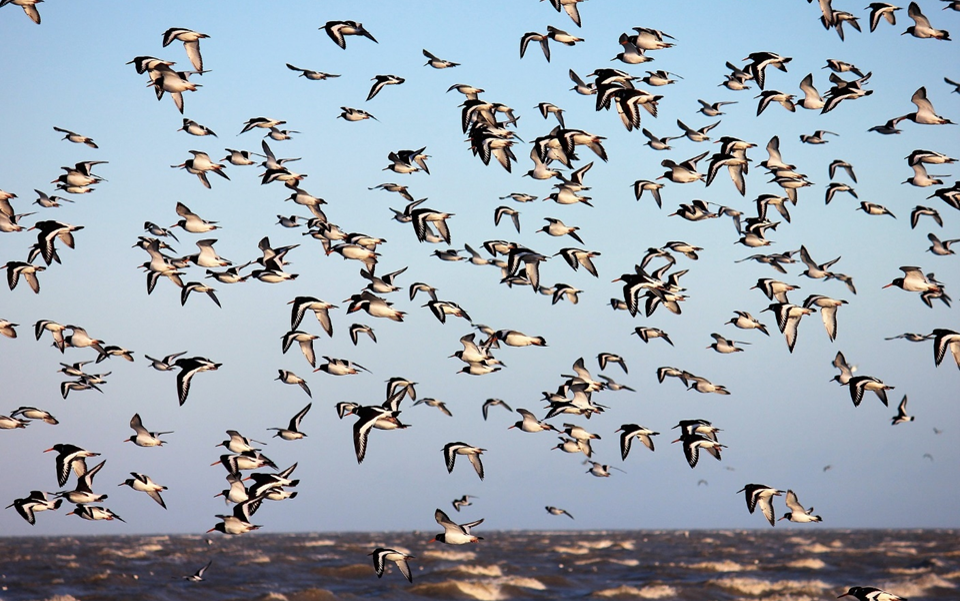
Waders and waterfowl aren’t the only birds that come together over the festive season. One of the most spectacular sights of winter are starling murmurations. These may have begun forming as early as September in some places and will continue to grow through December, as more of our resident birds gather together and are joined by their fellows from Eastern Europe. For a taste of their displays check out this amazing footage from the RSPB and have a look at the murmuration map to find a site near you to watch them in action.
